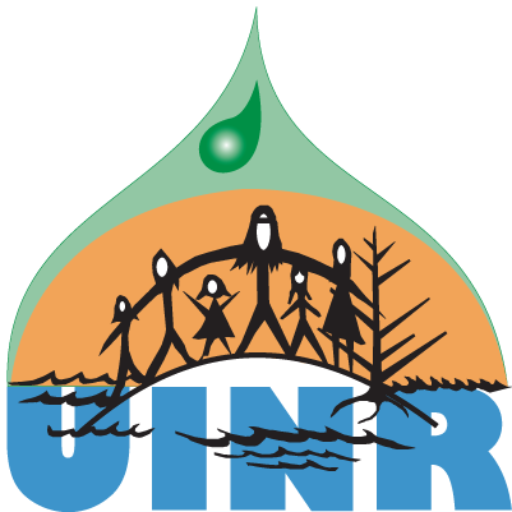Shrimp A Science Advisory meeting was be held in mid-December and all indications are that a 10% reduction in Total Allowable Catch (TAC) will be requested for 2011. Advice from science evaluation and industry will determine the 2011 overall TAC. Science recommended a 10% reduction and the shrimp fishing communities of Unama’ki encouraged industry representatives to follow that advice.
Snow Crab Area 23/24 biomass has peaked and indications for the 2011 TAC will not be known until the spring Science meeting. All Unama’ki communities caught their quotas last year. Not all non-native license holders caught their quota because some license holders went over, so the overall TAC was reached and the fishery was shut down for the year. Industry recommended the fishery start on April 1 for 2011. DFO will review this request. Science recommends a slight decrease or maintaining status quo this year. Industry will make recommendations which will be considered by DFO prior to the beginning of the season.
Area 19’s 2010 quota was caught within two weeks. Indications are that a 10–15% increase will be supported by science and this advice will be reviewed and a management meeting in early March will determine what the TAC will be, based on the science and industry recommendations.
Indications are that the prices for snow crab will be higher than the last few years in the Southern Gulf and Maritimes Region.
Scallops The spring survey will determine the TAC for the 2011 scallop quota. The interim quotas for SPA 1A is 100 tonnes, SPA 1B is 100 tonnes, SPA 3 is 50 tonnes and 140 tonnes for SPA4 .
Lobster All areas enjoyed a slight increase in catch in 2010 but unfortunately, prices remained low. Prices are starting to slowly rise. Combined with increased operational costs, this did not result in a very profitable year for most areas.
Herring Any information on herring in the Bras d’Or Lakes would be appreciated, so that we can pass the information along to DFO for future research and studies on whether herring are coming back to numbers once seen in the Lakes.
Mackerel An unusual trend continued this year with mackerel not coming close to the Cape Breton shores. Many attribute this to warm waters close to shore changing the mackerel’s migration habits. It has been five years since commercial quantities have been available for fishermen.
Groundfish Area 5ZE (Georges Bank) experienced a cut in quotas this year because of the reduction in cod numbers.Cod is a major bycatch and when fishing for other species, such as haddock, bycatch is inevitable. Precautions are taken to reduce bycatch and increase cod numbers.
hubert@uinr.ca

